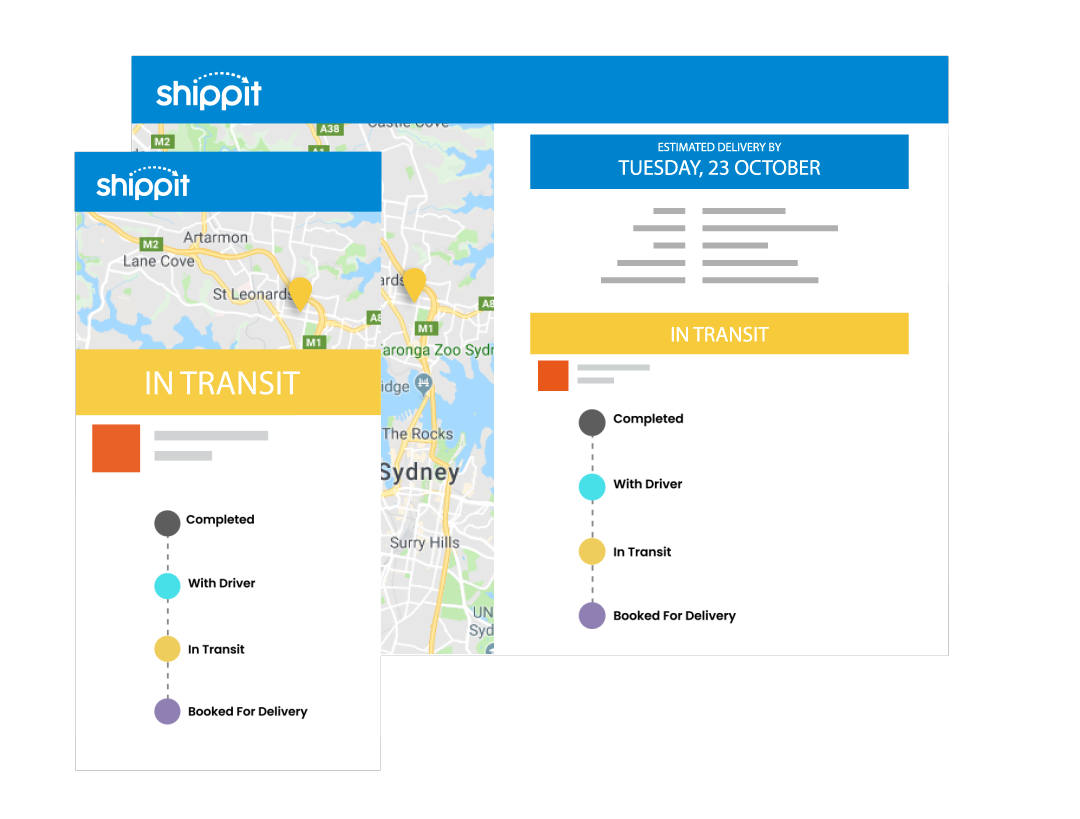Customer service might sound like common sense, but you’d be surprised how many online retailers are inadvertently disappointing their customers. While the top end of town may have a dedicated customer service department, smaller, online businesses may not have the resources to support that.
With online sales booming and eCommerce becoming a lot more competitive – companies need to focus on ways to retain their customers. The reality is, consumers are far more inclined to spend more with a company that goes above and beyond. And on the flipside, customers would jump ship and seek out a competitor after getting lousy service.
With customer service acting as a revenue driver, online businesses need to keep their customers happy to keep their profits happy.
Before you start rolling out customer support programs, you need to know what channels you can support and service within your business. The number one rule around customer support is consistency. So, if you can’t manage the process – don’t implement it.
Start by picking the right channels. Between email, phone, social and live chat, there are plenty of options. Here’s what you need to know.
Live Chat
If there’s one thing online customers love, it’s rapid responses. Live chat is an excellent vehicle for getting your customers the answers they’re looking for in next to no time, but if you’re going to use it, you need to be consistent. There’s nothing more frustrating than typing a message into a chat window to an offline operator. If your business can’t support your customer service, set your office hours for live chat and align customer expectations.

Where live chat requires rapid and instant responses, email is measured and straightforward and allows you to set your terms and response times. The key to customer support is all about managing expectations. On your contact page, set out where customers can contact you and how long response times are.
Phone
There are still some customers who prefer a direct line to the business. Unlike email, when the phone rings, you have to answer it because leaving callers on hold for lengthy periods is terrible for business. If the phone is a customer service option you want to offer, leave office hours on your contact page, and make sure you have a voicemail message.
Social Media
In recent years, customers have taken to social media to get support, ask questions or leave feedback. As convenient as it is, it’s also a double-edged sword because all your interactions are public. With so many social media platforms available, it can be hard for small businesses to keep on top of every conversation. So instead of trying to be everywhere, stick to the platforms you know you can manage; Facebook and Instagram are great for conversational customer service.
FAQ’s and Website Pages
A lot of the time, people search for answers on your website. If they can’t find what they’re looking for, they’ll try contacting you to find solutions. To up the ante and take your customer service to the next level, invest in creating content like FAQ’s or a knowledge bank that answers common questions. Go back through customer support emails or live chats to put together content around order dispatch times, shipping, returns and exchanges, sizing or any other relevant information.
Now you’ve got your channels sorted, here are a few ways to charm your customers:
Set Clear Expectations
Over-promising never works. If a customer reaches out to see when their order will be shipped, if you tell them you’ll get it done today, in order to appease them, but don’t follow through – this will do nothing but damage your brand. As the adage goes, ‘under-promise, over deliver.’ To avoid snake-charming, always be realistic and honest, own up to your mistakes, and set clear expectations.
The Little Things
There’s nothing more delightful than a pleasant surprise. Show your customers some love with a handwritten thank you or by popping a discount code or special offer into the box. It doesn’t need to be a grand gesture; it’s the thoughtful little things that have the most significant impact.

Know Your Wares
No matter how big your inventory, always take the time to understand your product. If you don’t understand the ins and outs of what you sell, there’s no way you can paint an accurate picture. Chances are, customers are going to reach out with product questions, and giving them the wrong information can lead to all sorts of issues. To avoid returns, negative reviews and unhappy customers, take the time to get to know your products.
Eliminate Issues
As a business owner, you’ll notice patterns and similar problems popping up. When it comes to customer queries, the usual suspects are shipping, returns and order tracking. To take the headache out of shipping and tracking, preempt the problem and be proactive about the solution. Using a shipping platform can help reduce complaints and questions by keeping your customers informed with updates from the moment an order is placed online, up until it’s delivered.

